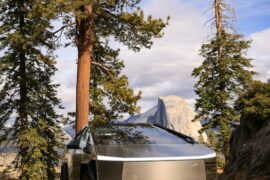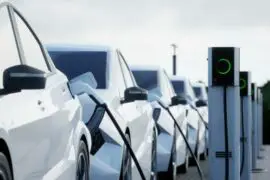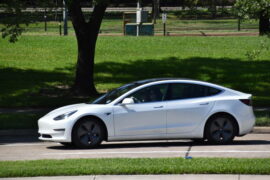Tesla, the pioneering electric vehicle manufacturer, is renowned for its innovative technology, impressive performance, and commitment to sustainability. One question that often arises among potential buyers and enthusiasts is: “Is Tesla flood proof?” In this article, we will explore the amazing capabilities of Tesla vehicles in flood conditions, their design features, and practical tips for handling floods with an electric vehicle.
Contents
The Amazing Design and Engineering of Tesla
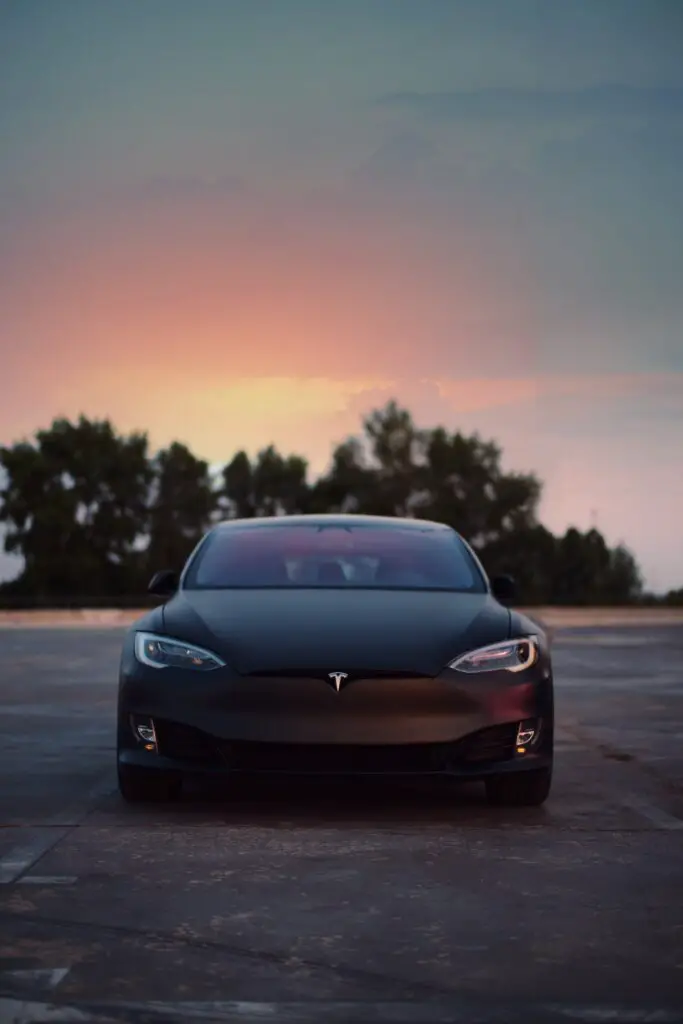
Sealed Battery Pack: The Heart of Tesla
At the core of every Tesla vehicle is its battery pack, which is designed to be robust and safe. Tesla’s battery pack is sealed and protected against various environmental factors, including water. This design feature ensures that the battery, which powers the vehicle, remains unaffected even when the car encounters water.
Elevated Battery Placement
One of the key design elements of Tesla vehicles is the placement of the battery pack. Unlike conventional internal combustion engines, which have components located low to the ground, Tesla’s battery pack is situated along the base of the car but with a significant clearance. This placement helps reduce the risk of water ingress during shallow floods, enhancing the vehicle’s resilience to water exposure.
Tesla’s Performance in Flood Conditions
Real-World Scenarios: Tesla vs. Floods
There have been numerous real-world scenarios where Tesla vehicles have encountered floods, and the results have been impressive. Videos and reports from Tesla owners show that these cars can navigate through water-logged streets and moderate flooding conditions without significant issues. However, it is essential to understand the limitations and risks involved.
Water Resistance: How Far Can It Go?
While Tesla vehicles are designed to handle water exposure better than many traditional cars, they are not entirely flood proof. The cars can manage shallow water and light flooding, but driving through deep or rapidly moving water can still pose serious risks. Tesla’s manual and guidelines advise against driving through high water levels to prevent damage to the vehicle and ensure the safety of the occupants.
The Unveiling of Advanced Safety Features
Autopilot and Sensors: Enhancing Safety
Tesla’s advanced autopilot system and sensor suite provide an additional layer of safety during adverse weather conditions. These systems can detect obstacles and water on the road, alerting the driver to potential hazards. While not specifically designed for floods, these features enhance the overall safety and situational awareness for Tesla drivers.
Over-the-Air Updates: Continuous Improvement
Tesla’s ability to deliver over-the-air software updates allows the company to continuously improve the vehicle’s performance and safety features. This capability means that Tesla can update its cars to better handle various conditions, including those involving water. These updates ensure that Tesla owners benefit from the latest advancements in vehicle technology and safety.
Practical Tips for Handling Floods with a Tesla
Avoiding Deep Water: Safety First
The most crucial tip for handling floods with any vehicle, including a Tesla, is to avoid deep water whenever possible. Even with the advanced design and safety features, deep water can cause significant damage and pose serious risks. If you encounter a flooded area, find an alternate route or wait until the water recedes.
Slow and Steady: Navigating Shallow Water
If you must drive through shallow water, do so slowly and steadily. Rapid movement can create waves that may increase the risk of water ingress into the vehicle. Keeping a consistent, slow speed helps maintain control and reduces the chances of water reaching sensitive components.
Post-Flood Inspection: Ensuring Safety
After driving through water, it is advisable to inspect your Tesla for any signs of damage. Check the underbody, wheels, and electrical systems for water exposure. If you notice any issues, contact a Tesla service center for a thorough inspection and necessary repairs. Ensuring that your vehicle is in top condition after encountering floods is essential for long-term performance and safety.
The Limits of Tesla’s Water Resistance
Understanding Limitations: What Tesla Can and Cannot Do
While Tesla vehicles offer impressive water resistance, it is crucial to understand their limitations. They are not designed to be fully submersible or to handle extreme flood conditions. Knowing these limits helps owners make informed decisions and avoid situations that could compromise their vehicle’s safety and functionality.
Insurance and Warranty: Coverage Considerations
Tesla owners should also be aware of their insurance and warranty coverage regarding water damage. Most standard vehicle insurance policies do not cover damage from driving through floods, and warranties may have specific exclusions for water damage. Understanding your coverage can help you plan and prepare for potential flood-related incidents.
The Future of Tesla and Water Resistance
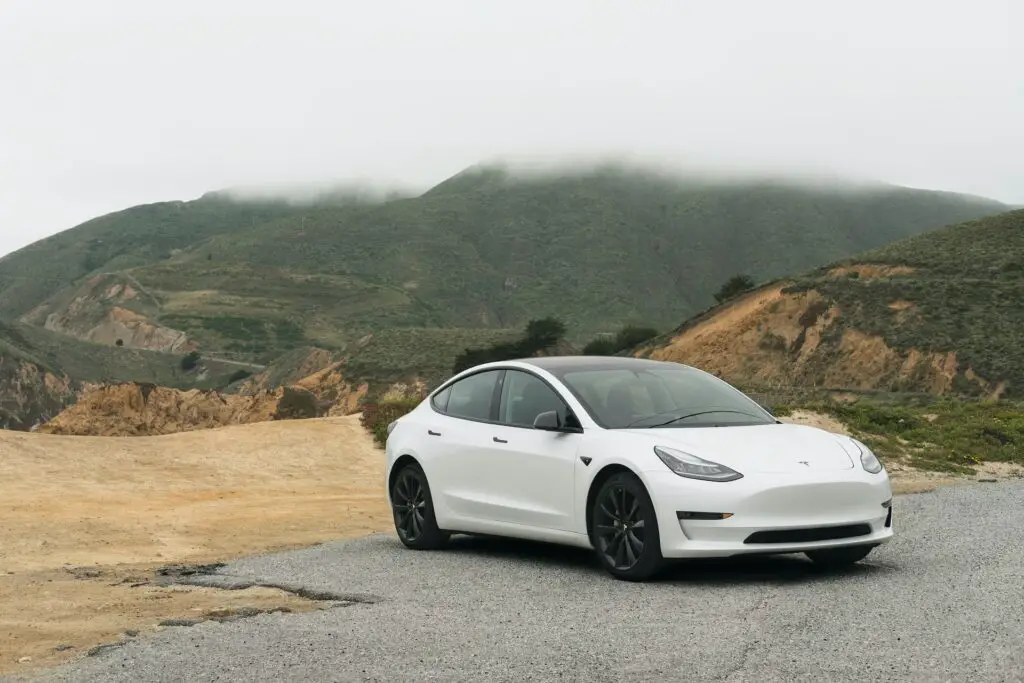
Continuous Innovation: What Lies Ahead
Tesla’s commitment to innovation and improvement suggests that future models may feature even better water resistance capabilities. Advances in battery technology, vehicle design, and safety features could enhance Tesla’s performance in flood conditions. Keeping an eye on these developments is exciting for current and potential Tesla owners.
Global Impacts: Adapting to Climate Change
As climate change leads to more frequent and severe weather events, including flooding, the automotive industry must adapt. Tesla’s ongoing research and development efforts aim to create vehicles that can handle a wide range of environmental challenges. This focus on adaptability ensures that Tesla remains at the forefront of sustainable and resilient transportation.
Conclusion: Embracing Tesla’s Capabilities and Limits
In conclusion, Tesla vehicles are designed with impressive water resistance features that allow them to handle shallow floods and wet conditions better than many traditional cars. The sealed battery pack, elevated placement, and advanced safety features contribute to their resilience. However, it is essential to recognize their limitations and avoid deep or rapidly moving water to ensure safety and prevent damage.
Understanding how to navigate floods with a Tesla and taking practical precautions can help owners make the most of their vehicle’s capabilities. With continuous innovation and adaptation to changing environmental conditions, Tesla is poised to remain a leader in the electric vehicle market, offering vehicles that are not only efficient and high-performing but also resilient in the face of various challenges.
Embracing the amazing design and engineering of Tesla vehicles while being mindful of their limits allows owners to enjoy the benefits of cutting-edge technology and sustainability. As we look to the future, Tesla’s commitment to innovation and improvement promises even more advancements in vehicle safety and resilience, ensuring that Tesla remains a top choice for eco-conscious and forward-thinking drivers.



